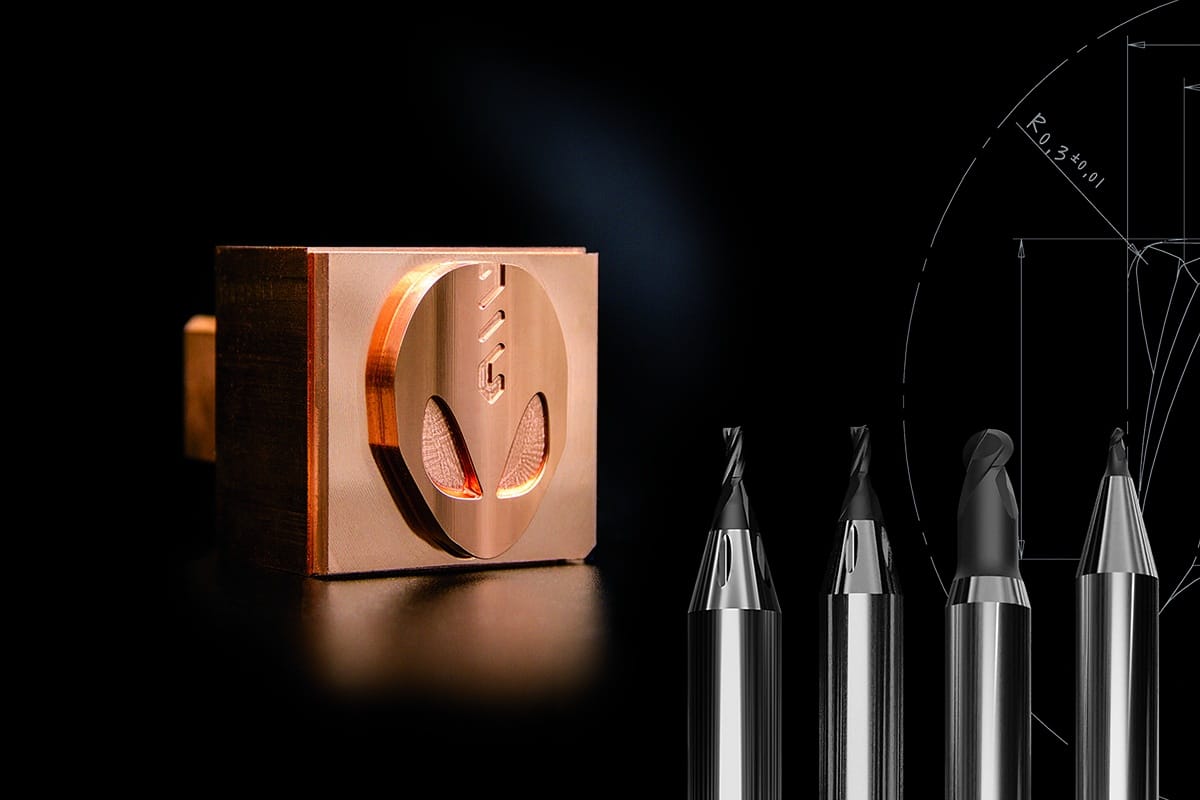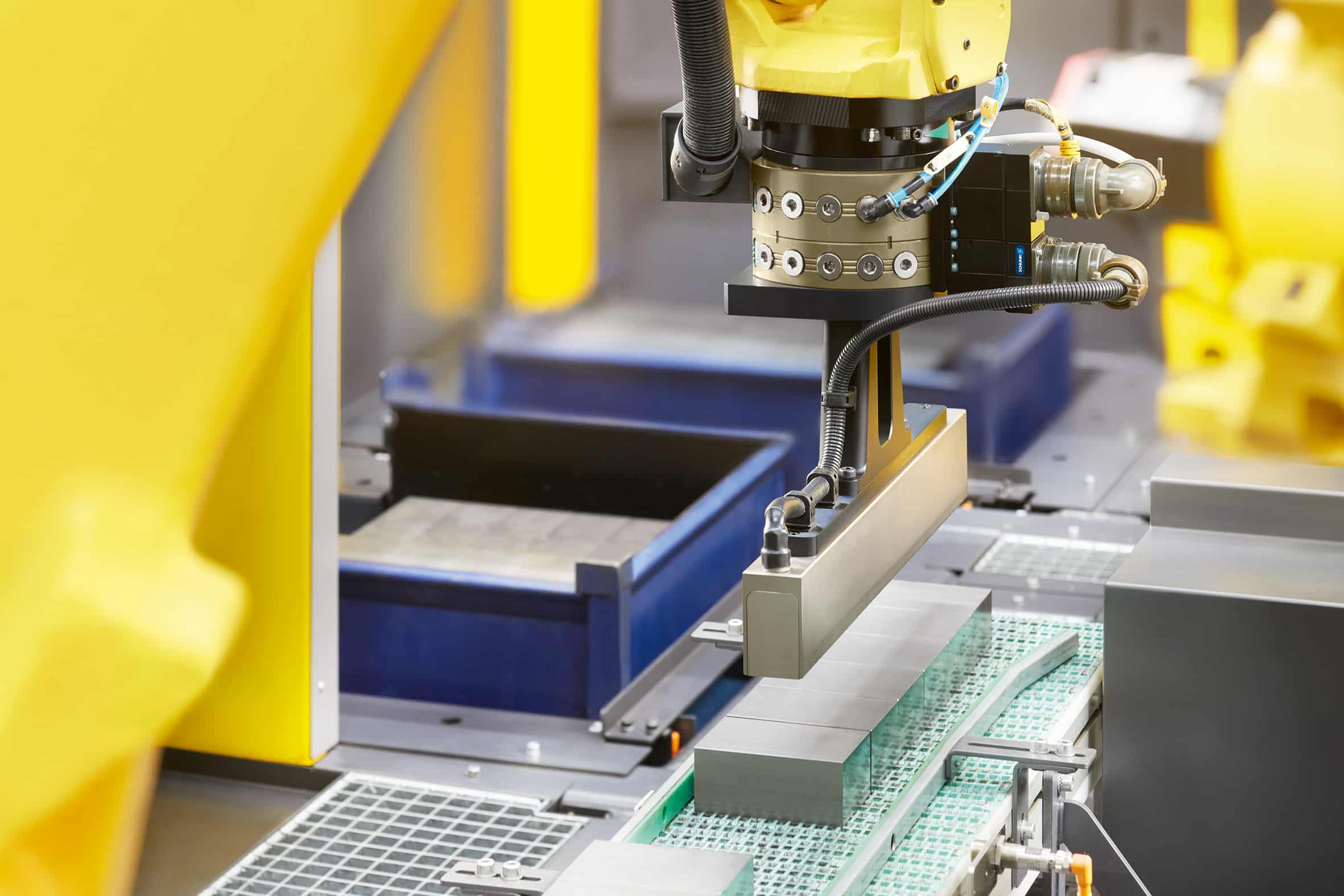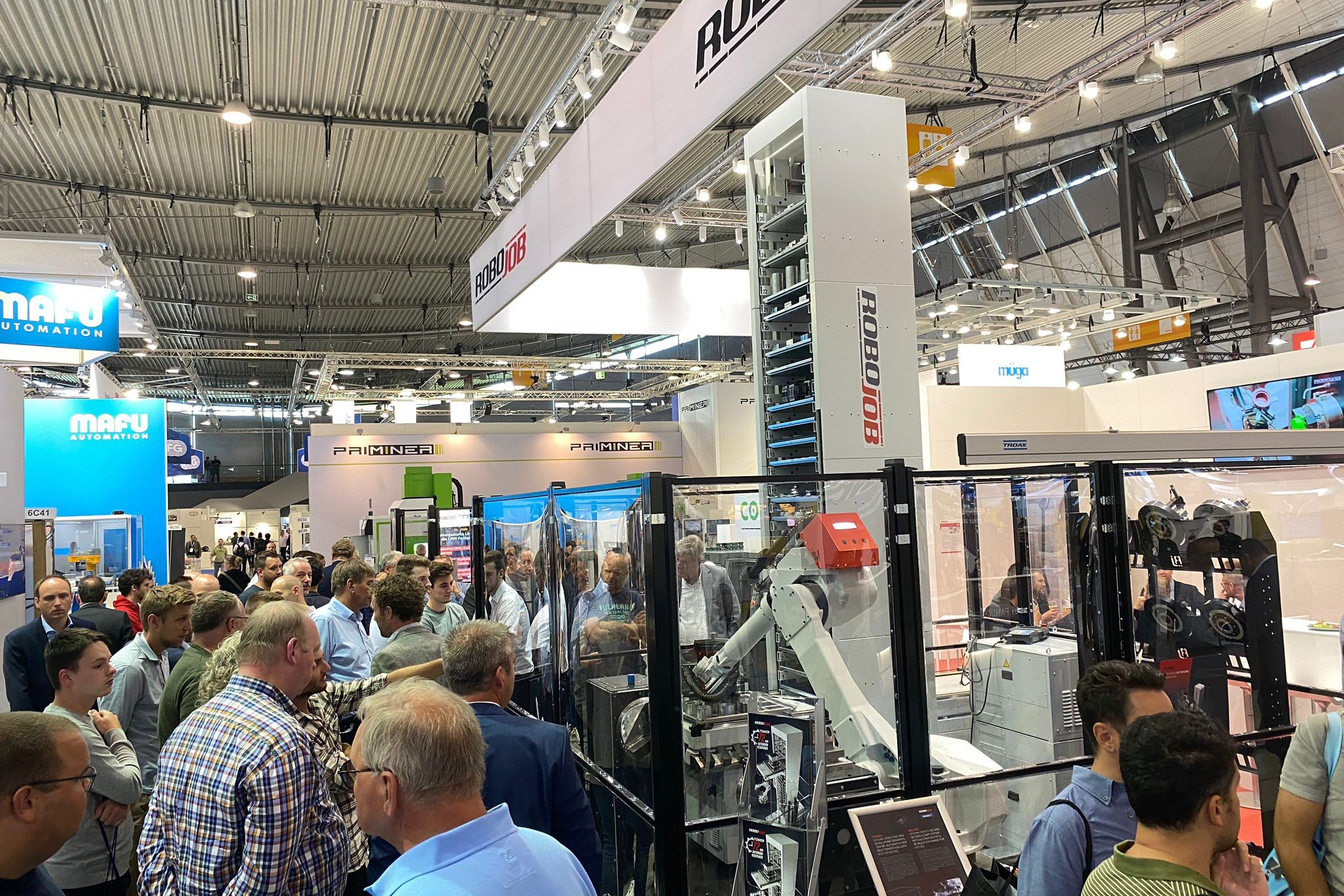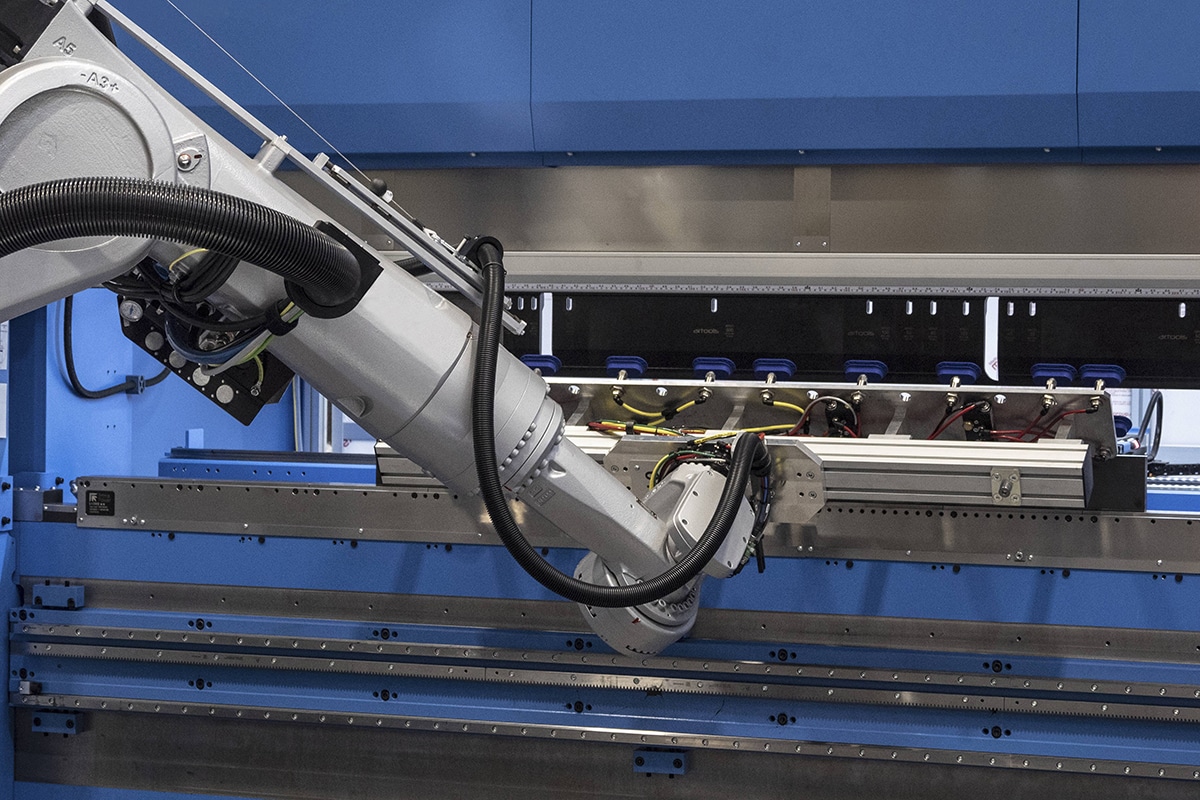
Cobots to load and unload machine tools
Flexibility is the key word in modern production environments. Supply and demand are constantly changing. However, the simple solution of hiring some extra people is not so simple at all anymore. Technical staff is extremely hard to find. So let's automate. Those who opt for machine tools that can work unmanned, are already appropriating many possibilities. If you add a cobot to load and unload these machines, you can take on an extra shift at night or on weekends.
According to industry experts, 4.6 million manufacturing jobs would remain open in the next decade. A scarcity that is not limited to specialized tasks such as welding, but also applies to assembly, packaging and loading and unloading machines. Now let the latter be one of the most repetitive tasks your employees perform. Automating machine loading is therefore considered low-hanging fruit. After all, these tasks lend themselves ideally to automation and can often present a sharp ROI. By letting a robot or a cobot take care of this task, you can make better and smarter use of your employees' talents elsewhere and they are also less likely to be injured (especially with larger, heavier pieces then). Robots and cobots also won't let their attention wander, eliminating the chance for errors. For a CNC machine, this pays off in more spindle hours and thus more production, because the machine can now work undisturbed even at night or on weekends, while your employees get more satisfaction from other work. An investment that is good for everyone, in other words.

Why a cobot?
With traditional robots, however, metalworkers sometimes run into their limits in terms of cost and footprint on the shop floor. Cobots, on the other hand, can demonstrate the same flexibility as humans to quickly adapt to different situations and different applications.
The cobot owes this quality mainly to its simplicity of programming, but also to its possible mobility, which allows it to be used on multiple machines. The user-friendly language spoken by the cobot means that your employees do not need to have knowledge of programming languages to get to work with it. Those who can read and know exactly what to do with the robot can actually, with minimal training, program it and get it up and running again, should a problem arise. Because of that simplicity and speed of programming, the cobot can do just fine in today's "high mix, low volume" production. Its memory can store numerous programs to deploy it anywhere on the shop floor. Especially in combination with an AMR (autonomous mobile robot). This can give it the mobility to work independently, but it can also be mounted or attached in numerous ways to give it the reach you need.
And then what about security?
One of the major differences between robots and cobots is safety fencing, which is no longer necessary in the case of a cobot. Cobot manufacturers must take care to deliver an intrinsically safe device. In other words, when people come near the machine tool, cobots should slow down or even come to a complete stop to avoid any risk of injury. But you must not forget to conduct a risk analysis of the on-site situation at your workplace to combine that theory with safe practices. With the addition of a few scanners in the right place, you can usually create a safe working environment for your cobot and employees. So it really doesn't have to hinder productivity.



